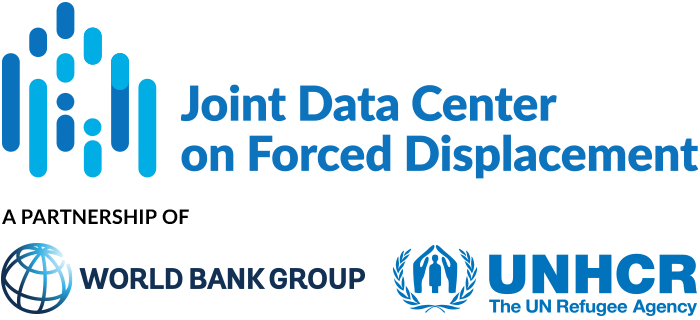This paper examines the socioeconomic situation of IDPs and their host communities in the Tigray region of Ethiopia. Conflict broke out in the Tigray region of Ethiopia in late 2020, causing the displacement of 2.1 million people within the region.
JDC Literature Review
Context Matters: The Implications of the Mode of Service Provision for Structural and Relational Integration of Refugees in Ghana and Ethiopia
This article examines how variations in the form of service provision to refugees and host communities in Ethiopia and Ghana affects access and quality of services, the integration outcomes of refugees, and social cohesion.
Impact of refugees on wages and economic growth in a model with inflation
This article examines the effect of inflows of Ukrainian refugees on the labor market in Poland. The Ukrainian refugee influx increased the supply of unskilled labor in the Polish labor market.
Refugee inflows, surplus farm labor, and crop marketization in rural Africa
This article investigates the long-term effects of refugee inflows on host farmers in Tanzania, focusing on effects in labor and crop markets. The Kagera region in the northwest of Tanzania received large-scale inflows of refugee from Burundi and Rwanda in the early 1990s. The Kagera region is remote and impoverished, and most local households engage in subsistence agriculture.
Regional Spillovers from the Venezuelan Crisis: Migration Flows and Their Impact on Latin America and the Caribbean
This paper evaluates the economic impacts of Venezuelan migrants on host countries and the implications for future policy responses. Since August 2022, nearly 7 million Venezuelans (23 percent of the population) have fled their country due to economic collapse (a contraction of over 75 percent of real GDP), deteriorating basic services, and insecurity.
Latin American Brotherhood? Immigration and Preferences for Redistribution
This paper examines the effect of immigration on social preferences for redistribution in Latin America, including the specific effect of large-scale Venezuelan displacement to Colombia. Most immigration in Latin American countries is intra-regional (70 percent in the 2010s), with migrants coming from countries with similar cultural backgrounds, including language and religion.
The Labor Market Effect of South-to-South Migration: Evidence From the Venezuelan Crisis
This paper examines the impact of Venezuelan migration on the labor market outcomes of migrants and non-migrants in Colombia. Between 2014 and 2018, Colombia received approximately 1.2 million migrants from Venezuela, accounting for approximately 3.2 percent of the working-age population. A quarter of those immigrants were Colombian citizens who returned to the country due to the Venezuelan crisis. International migrants (not Colombian born) share a common history with Colombia and speak the same language.
Refugee Inflow and Labor Market Outcomes in Brazil: Evidence from the Venezuelan Exodus
This article examines the effect of Venezuelan migrants on labor market outcomes in the Brazilian state of Roraima. Venezuelan migrants in Brazil are concentrated in Roraima state, which shares a border with Venezuela. As of 2018, 60,000 Venezuelans had relocated to Roraima, where they comprised 10 percent of the population of its capital city, Boa Vista.
Do legal restrictions affect refugees’ labor market and education outcomes? Evidence from harmonized data
This paper estimates the impact of refugee policies on labor and education outcomes in developing countries that host refugees.
Somali Refugees in Kenya: Increasing camp-urban mobility
This working paper examines the wellbeing and ‘displacement economies’ of Somali refugees living in protracted displacement in Kenya, comparing those living in camps to those living in urban areas. Kenya is home to approximately 280,000 Somali refugees, of whom 230,000 live in the Dadaab refugee camp complex in Garissa County, and around 24,000 living in the Eastleigh neighborhood of Nairobi. The research was conducted during the period when the 2006 Refugee Act, which enforced Kenya’s encampment policy, was still in effect. Kenya has since adopted a new Refugee Act in 2021 (which came into force in 2022) that provides for the establishment of ‘designated areas’ for refugees but does not explicitly contain an encampment requirement.


